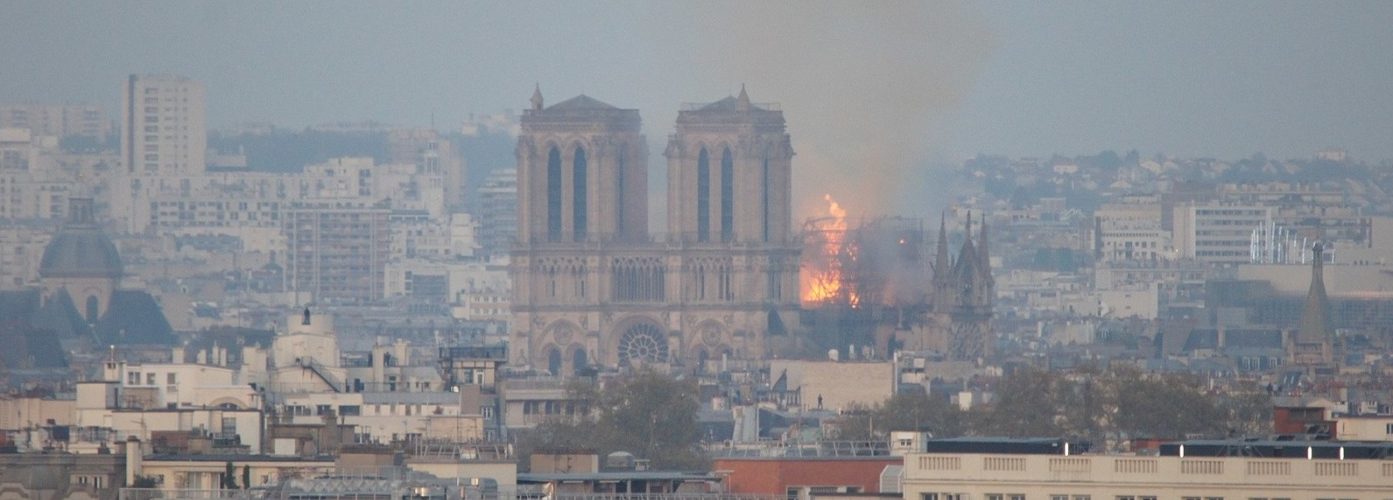Our sympathy for Notre Dame and not climate change is worrying
In the last few days, you have probably heard far more about the fire at Notre Dame than you have about the Extinction Rebellion protests in London. The fire, which has damaged part of an expensive religious artefact has attracted more attention, not to mention nearly 1 billion in donations, than the thousands of protesters who face arrest for their attempts to expose the urgency of the climate emergency.
Much of the debates about Notre Dame on new media, from twitter to Instagram have descended quickly into mockery. What has been framed by the news as a crisis is so patently inconsequential that individuals who feed into the seriousness of the situation are quick to be made fun of for various reasons. Although the event is doubtless upsetting for locals, the mood in the memes is sceptical.
The problem is that a tangible, easily identifiable issue such as the destruction of a familiar piece of art, commands emotional response far more easily than the destruction of countless species, ecosystems and sentient lives
This scepticism grows from the realisation that no one is directly effected by this “disaster”. An ancient piece of art has value for some, but everyone values the continuation of humanity. Extinction Rebellion’s protest is currently using purposefully controversial methods of disruption to bring attention to the devastating effect of current and future climate change. The most recent report from the Intergovernmental Panel on Climate Change (IPCC 2018) has shown that we have between 3 and 11 years to drastically change our way of life and become carbon neutral. This is our only way to keep climate harm at current, already devastating, levels. The UK government is currently deciding whether to aim for carbon neutrality by 2050, by which point the IPCC forecasts that there will be up to 1 billion climate refugees.
The problem is that a tangible, easily identifiable issue such as the destruction of a familiar piece of art, commands emotional response far more easily than the destruction of countless species, ecosystems and sentient lives. It is our responsibility to work, by listening carefully, reading the science, and closely considering our values, to truly feel the weight of the issue that we face as a civilisation.
I think that the problem still lies at least partially with our very human inability to truly comprehend and see the urgency of long term issues
Although the media is understandably biased towards producing easy emotional responses, there have been many positive articles about the Extinction Rebellion protests. Although it is easier to see public transport disruption and feel angry at the group that is causing it, the quality of reporting from the major newspapers has been fairly impartial, in many cases going out of its way to emphasise the non-violent nature of the movement, and provide links to relevant climate articles and debates. Compared to coverage of the recent nudity in parliamentary action, the articles are more serious and likely to lead to more positive results and engagement.
Yet still, the most read articles on BBC news in the early days of the protest were related to Notre Dame. I know this because as part of the group which blocked off Waterloo bridge, I was regularly checking to see how our protest was portrayed in the media. I think that the problem still lies at least partially with our very human inability to truly comprehend and see the urgency of long term issues. This is a problem that I very much struggle with myself, but at times such as this, when we have a disproportionate impact on the quality of life on earth going into the future, we must fight out instincts to viscerally feel future impact more than we do the unfortunate damage of one piece of architecture.

Comments